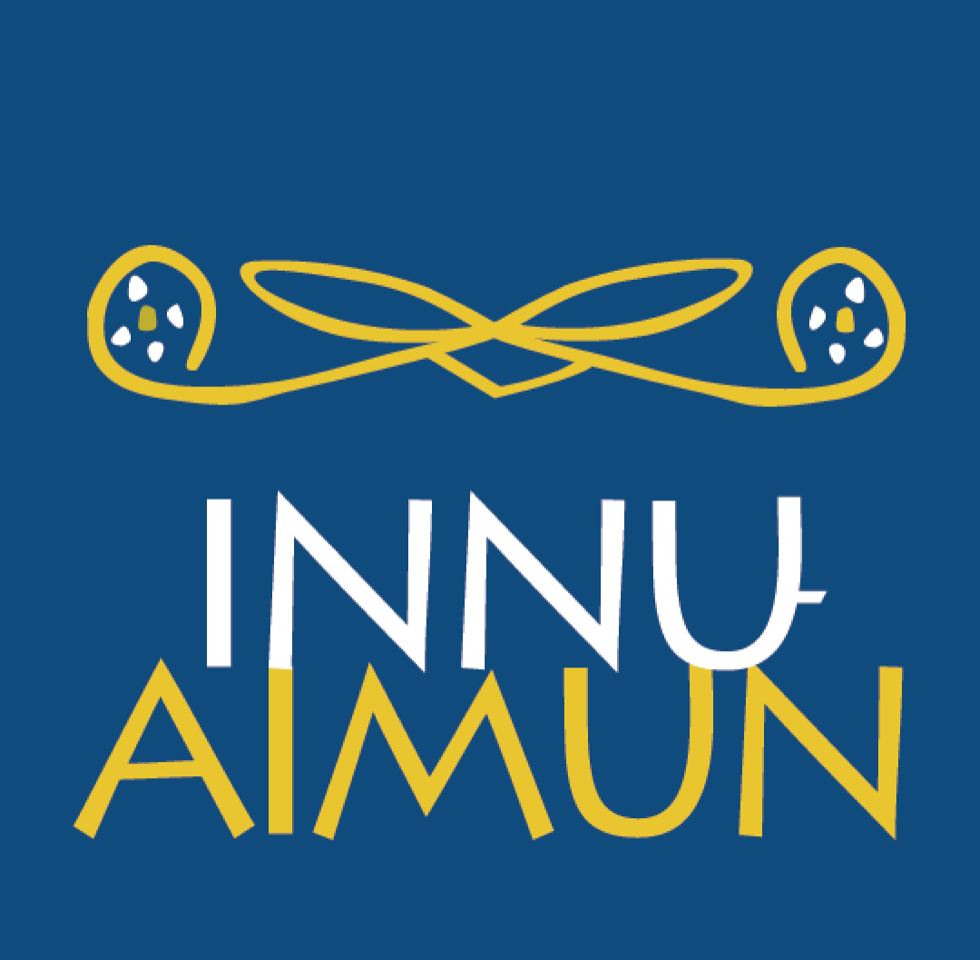| nitatussen | I work, I am working |
| tshitatussetakupan | You must have worked |
| atusseiani | When and if I work |
| atussetau | Let’s work! |
These examples are only a few of the many, many forms that an Innu verb like atusseu can take. There are hundreds of verb endings (suffixes) in Innu, which encode all sorts of information about who does what to whom, when and how. This is unlike English, which only uses a few verb endings: talk/talks/talked/talking; take/takes/taken/taking (-s, -ed, -en, -ing). Innu also uses prefixes like nit(t)- I and tshi(t)- you, illustrated in the above examples. These are called verb inflections.
A verb can vary according to which person is involved, and when and how things are happening. The variation in person is called person inflection, and the variation in when and how is grouped in a set of forms called a conjugation or a paradigm.
Conjugations are grouped into orders. There are three orders: Independent, Conjunct, and Imperative. For convenience, conjugations used across the Cree-Innu language family have each been given a number.
The stem of a verb determines the shape of the conjugation. In the example above, it is the atusse- part. The suffixes or endings will not look the same on all verbs.

